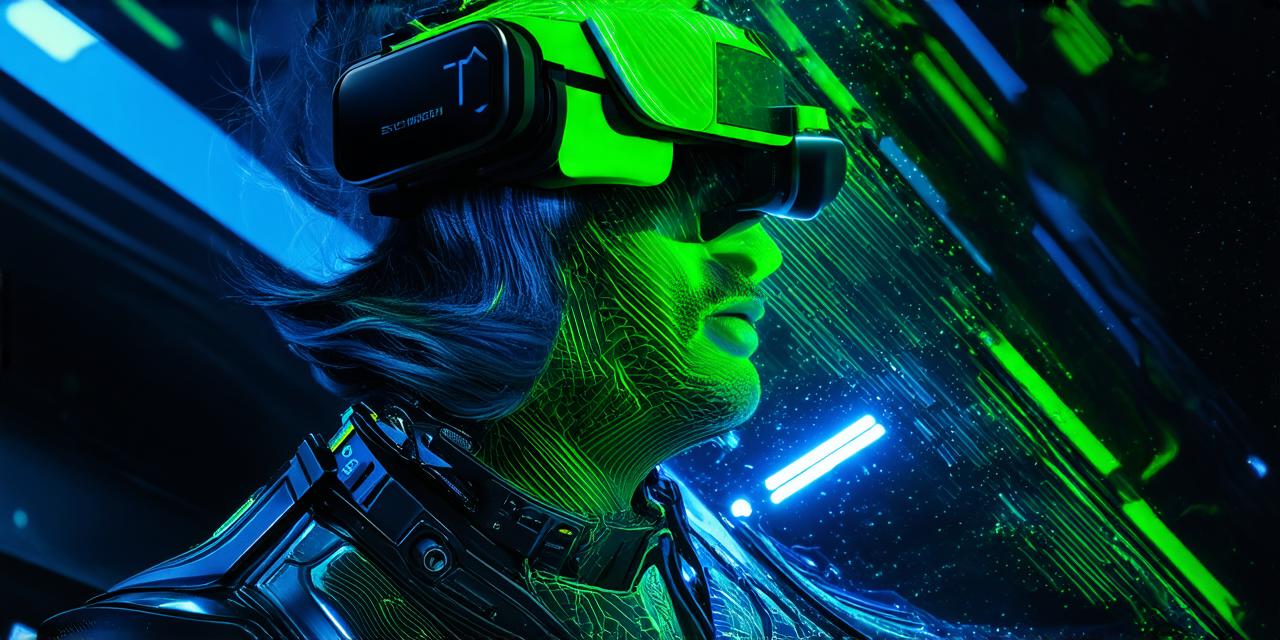What is Virtual Reality?
Virtual reality is a computer-generated simulation that creates an artificial environment for users to interact with in a seemingly real way. This technology uses sensors and devices such as headsets, gloves or hand controllers, and motion tracking systems to track user movements and create a realistic experience. VR has the ability to transport users to different worlds and allow them to experience things they may never have had the opportunity to before.
Advancements in Virtual Reality Technology
1. Headset Technology
One of the most significant advancements in VR technology has been in headset design. Modern VR headsets are lightweight, comfortable, and easy to use, with high-resolution displays that create a highly immersive experience. Some of the latest VR headsets also feature eye tracking technology, which allows for more realistic interactions with virtual environments.
2. Hand and Motion Tracking
Hand and motion tracking systems have come a long way in recent years, allowing users to interact with virtual environments in a more natural way. These systems use sensors and cameras to track user movements and translate them into digital actions within the VR world. Some of the latest hand tracking systems also feature haptic feedback, which allows users to feel virtual objects as if they were real.
3. Wireless Technology
Wireless technology has also played a significant role in the advancement of VR technology. With wireless headsets and motion tracking systems, users no longer have to be tethered to a computer or other device, allowing for greater freedom of movement and a more immersive experience.
4. High-Fidelity Content
Advancements in graphics and rendering technology have also contributed to the sophistication of VR technology. With the ability to create highly detailed virtual environments, developers can now create experiences that are almost indistinguishable from reality. This has led to the development of highly immersive games, educational programs, and other applications that can transport users to new and exciting worlds.
5. Haptic Feedback
Haptic feedback technology has also come a long way in recent years, allowing users to feel virtual objects as if they were real. This technology uses sensors and actuators to create tactile sensations that mimic the sensation of touch, making VR experiences more realistic and engaging.
The Future of Virtual Reality Technology
1. Augmented Reality (AR)
Augmented reality is a technology that overlays digital information onto the real world, allowing users to interact with both virtual and real-world objects in a seamless way. While AR and VR are often used interchangeably, they are actually distinct technologies. However, many experts believe that the two will eventually converge, leading to even more advanced and immersive experiences.
2. Wireless Haptic Feedback
Wireless haptic feedback technology is also expected to become increasingly sophisticated in the future. As wireless technology continues to advance, users will be able to interact with virtual objects without the need for wires or cables, making VR experiences even more immersive and convenient.
3. Eye-Tracking Technology
Eye-tracking technology is also expected to become increasingly sophisticated in the future. As this technology becomes more advanced
